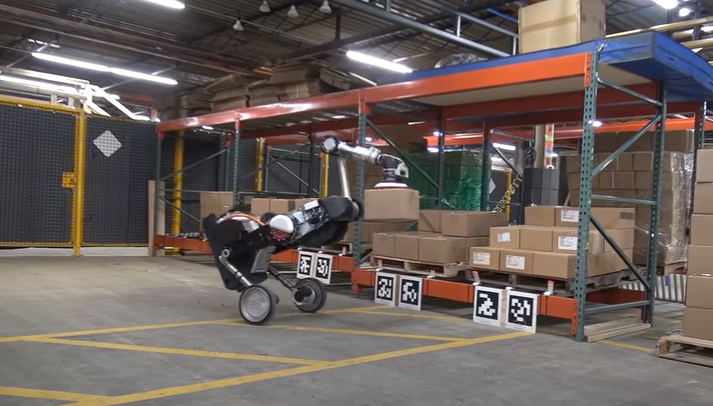
As technology grows and artificial intelligence are slowly taking over every sector, robots are now doing blue-collar work. Robots can now drive forklifts, carry boxes, stock shelves and wait tables.
Behind these robot systems are humans who help the machines perform complicated tasks or take over when the machine gets confused on what to do. These people work from their homes, and this type of remote labor force reaches into the physical world.
Robots in the workforce
Although there are more robots seen in workplaces, there are still humans who help them, highlighting the limits of artificial intelligence. This suggests that humans may still serve as a crucial cog in future automation, according to Wired.
Matt Beane, an assistant professor at the University of California who studies robotic automation of manual work, said that the more automation injected into a scenario, the more humans are needed to handle all of the exceptions and watch and supervise.
Also Read : Self-Sufficient 3D Printed Robots From the ARE Project: How They Can Help in Future Space Explorations
Human operators have been a feature of some commercial robotic systems for the past decade. Just a few years ago, as new robots emerge in different workplaces, it seemed as if human helpers might be just a stopgap, helping until artificial intelligence improves enough for robots to do things on their own.
Now, Beane stated that it seems that this workforce will continue to grow. He said that human helpers are cleaning after the robot, and they are the human glue that allows that system to function at 99.6% reliability.
Beane stated that the smartest companies will use human operators' input to help improve the AI algorithms that control the robots most of the time.
Each time a person labels an object in an image, it can help train the machine-learning algorithm that the robot uses to navigate.
However, training AI this way is difficult and challenging, and there is no shortage of new tasks for people to do.
Beane added that he has yet to come across a company that has successfully replaced human operators by having them train an AI algorithm.
Remote robot work
One company that is known to offer remote robot work is Bear Robotics. Juan Higueros, the company's co-founder and chief operating officer, stated that it is ramping up robot production to meet growing demand and plans to hire dozens of more robot operators.
Remote robot work is now a growing category in job listings, especially at robotics startups looking to put systems in new settings that present AI challenges.
Perceiving, interpreting, and even operating in a changing environment remains an unsolved problem in both robotics and AI, despite some impressive progress in recent years.
Companies have been drawn to remote operations because of safety, and it is easier to tap into new workers and scale up capacity when needed.
The coronavirus pandemic, which has started a revolution in remote work, has increased things significantly for remote robot work, according to BBC.
People who have lost their jobs when the pandemic hit may be attracted to operating a robot remotely. Since the pandemic has forced people to stay at home, a lot of companies are willing to train people to do remote robot work.
Related Article : Bionaut Robots Can Now Be Used to Attack Brain Tumors; Tiny Devices Can Surpass Surgical Drilling
This article is owned by Tech Times
Written by Sieeka Khan




